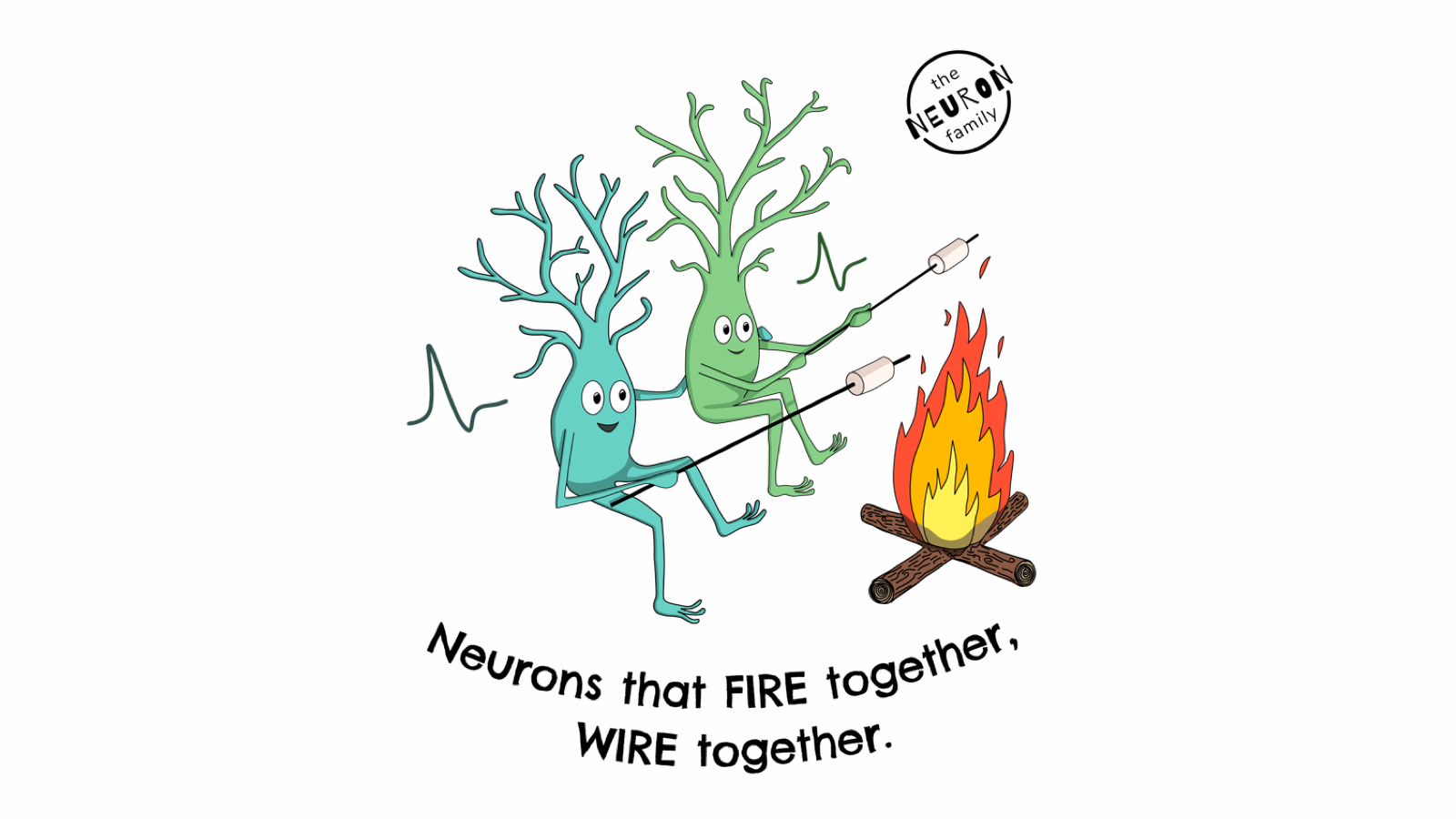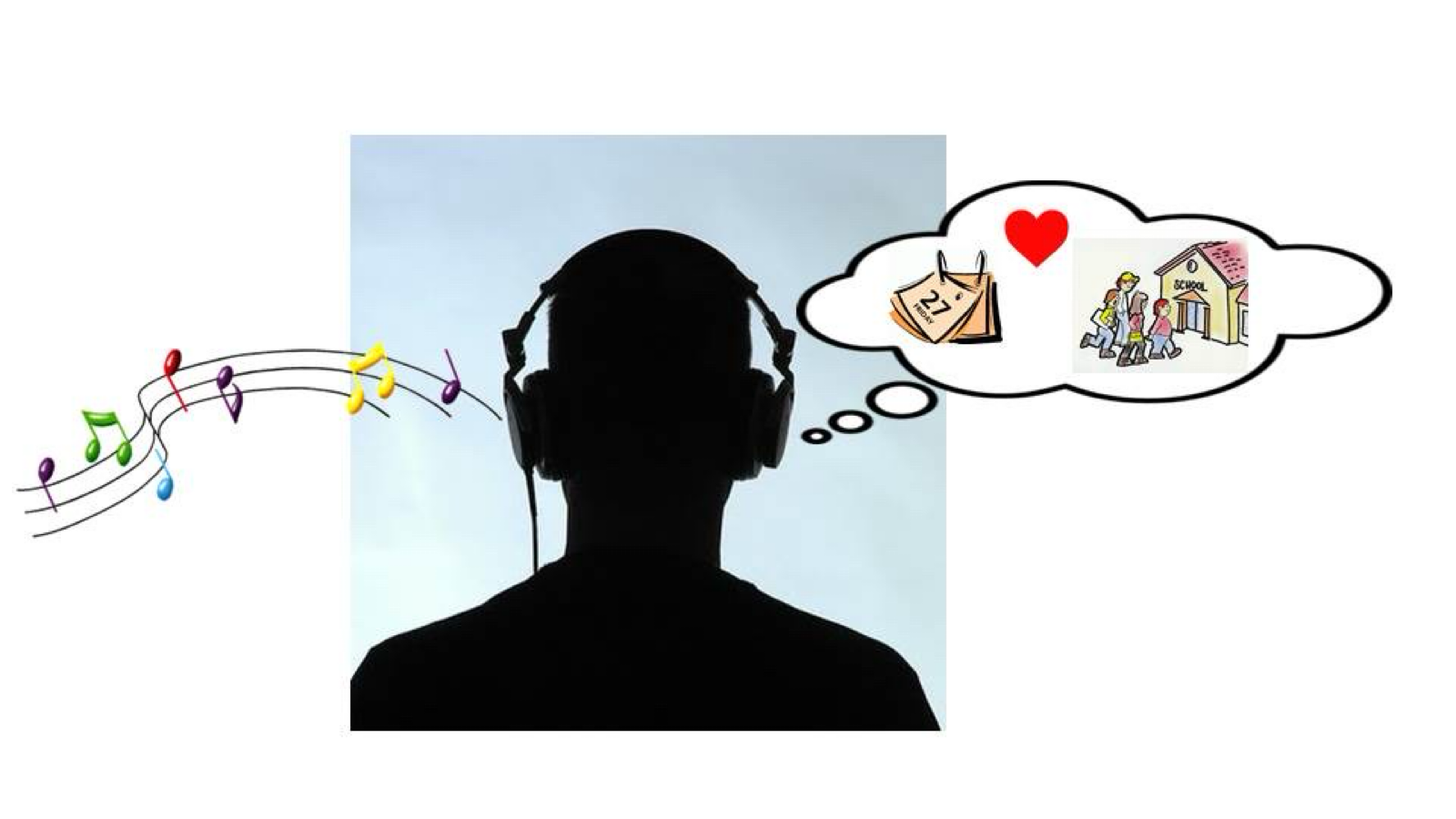Memory Retrieval using Music - when Science meets Art

Introduction
Music, an art form that works with sounds by instruments and voice, is a universal language that connects us emotionally and culturally, transcending age, race, and background. It can improve our moods, reduce stress, and allow creative expression of our emotions. However, the influence of music reaches even deeper. Scientific research has shown that music can serve as a powerful cue for memory retrieval. In this article, I am going to explore the fascinating intersection of music and neuroscience, examining how music interacts with memory processes in the brain and how this knowledge may be applied to therapeutic contexts.
How do we retrieve memories?
In cognitive psychology, memory retrieval can be categorised into two ways. One way is through recognitions, when we identify information we have encountered before - such as spotting a familiar face in the crowd; the other is recall, when we bring information to mind without direct prompts - such as remembering the name of a childhood friend. Often, the process is helped along by retrieval cues, which is a specific piece of information associated with the memory. It acts as a stimulus to memory retrieval. Music is one of the most powerful of retrieval cue. When a song or a piece of music is present at the moment a memory is formed, our brains naturally associate the two together, allowing easier retrieval to these memories.
But what actually happens in the brain during memory retrieval?
At the neurobiological level, the hippocampus, responsible for memory and learning, plays a crucial role in memory retrieval. It is located within the temporal lobe on both sides of our brains, as part of the limbic system. When we attempt to retrieve a memory, the hippocampus glues different pieces of information together for recall. For example, in an episodic memory, the hippocampus makes a connection between the ‘when’ and ‘where’ through a process called neural synchronisation, where neurons fire together.
When neurons that codes for the ‘when’ and neurons that codes for the ‘where’ synchronise, the association between these two details are joined, in accordance to the Hebbian Theory. This theory states that synaptic efficacy increases when a presynaptic cell repeatedly and persistently stimulates a postsynaptic cell. In a nutshell, when two neurons are active at the same time, communication between them become much easier. This repeated activation then strengthens the specific neural pathway of retrieving a memory, making retrieval easier when information is associated with related stimuli.

However, the hippocampus is not large enough to store every detail. A study using fMRI to investigate episodic memory retrieval found that, the neocortex also stores sensory details of our memories, such as sight and sound, alongside memories stored by the hippocampus. Unlike the hippocampus, however, which relies on neural synchronisation, the neocortex operates through neural desynchronisation. This process ensures that neurons do not fire simultaneously. Essentially, the hippocampus acts as scaffolding, only combining the core elements of that memory. The neocortex then builds upon that scaffolding, adding more detailed sensory information, allowing us to retrieve our memory as fully as possible.
But what’s so powerful about music?
As previously mentioned, music can act as a retrieval cue, or an external stimulus, to initiate memory retrieval in our brain. But its power extends further. Studies show that music can activate several regions in our brain simultaneously: the hippocampus (memory), the amygdala (emotional regulation), and the prefrontal cortex (autobiographical “self” memory). This explains a process called music-evoked autobiographical memory (MEAM), in which music brings back vivid recollections of events, people and places from our past. Because music often accompanies major life events, such as proms, graduations, and weddings, it becomes a particularly effective memory retrieval cue, leaving vivid and emotional impressions in our minds.
Moreover, MEAM often involves intense emotions, such as joy, excitement, and nostalgia. According to the mood-congruent theory, we are more likely to retrieve memories that match our current emotional state. Thus, listening to certain music can put us into the same emotional state we experienced when forming the original memory, strengthening retrieval. Equally, state-dependent memory shows that being in the same biological or psychological state as the moment in which we formed that memory improves recall.

Furthermore, research conducted by the Harvard Medical School suggests that evolution may also be why music leaves us with such a deep emotional impression. The earliest mammals relied heavily on their hearing and sense of smell to defend themselves from their predators. For instance, the crescendo (gradual increase in volume of sound) - of an approaching predator, travels through the ear and into the temporal lobe. This helps mammals to identify sounds regardless of familiarity. As a result, the salience (i.e. prominence) of these sounds can influence the automatic nervous system (ANS), which is a network that controls certain unconscious bodily processes. This evolutionary sensitivity to sound shows why music so strongly engages both our body and mind, making it a unique and powerful memory retrieval cue.
Applying music to therapeutic contexts
Due to its great effectiveness as a memory retrieval cue, music has significant therapeutic potential. For instance, studies have shown that even individuals with advanced dementia can recall lyrics to songs they knew decades earlier, despite struggling to remember recent events or recognise family members. This phenomenon, sometimes called the ‘music memory bump’, highlights the strong relationship between MEAM and the brain. Unlike pure verbal or visual memories, music has the special ability to engage with more extensive neural networks.
In practice, this means that we can incorporate music - particularly songs familiar form a patient’s youth - as part of dementia treatment. In stimulating their brains to retrieve memories from the past, it can strengthen undamaged neural pathways, promoting plasticity. Simultaneously, it gives seniors a sense of peace, comfort, and security. As a result, familiar music can be a valuable tool for supporting brain health and quality of life in older adults.
Conclusion
Music, often perceived purely as an art form, has a profound and scientifically grounded connection to memory. It not only serves as a memory retrieval cue, but also holds tremendous therapeutic potential, especially for individuals with neurological and psychological conditions, aiding reconnections to their memories. Looking ahead, the positive influence of music on our wellbeing could grow even stronger, leading us to a bright future!